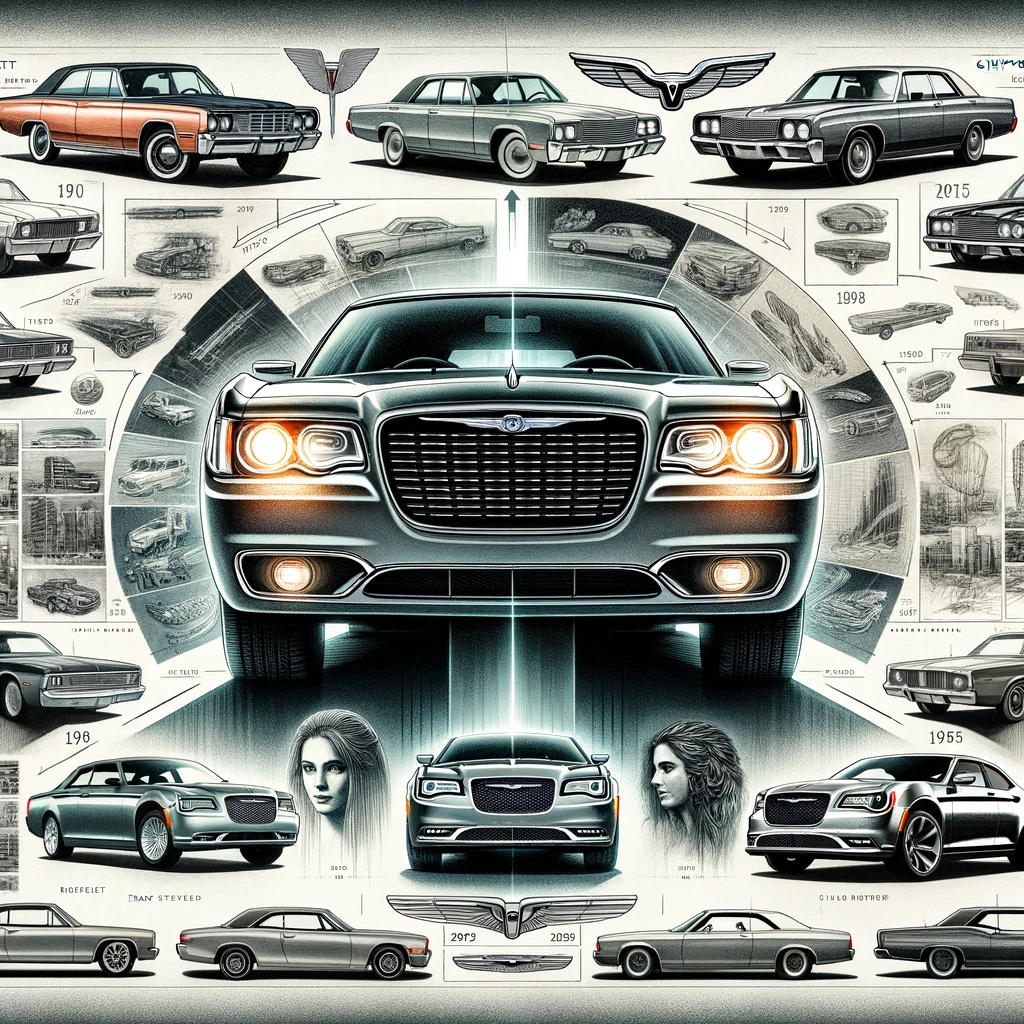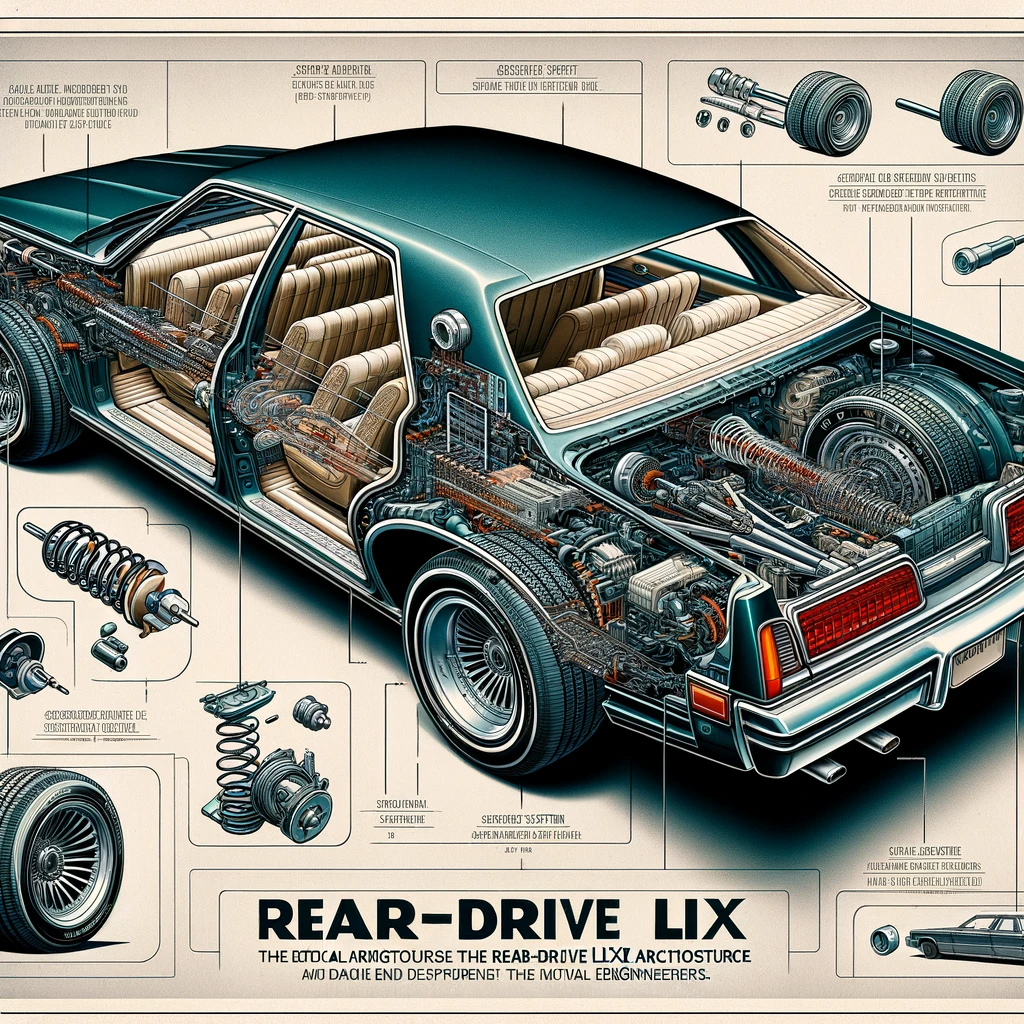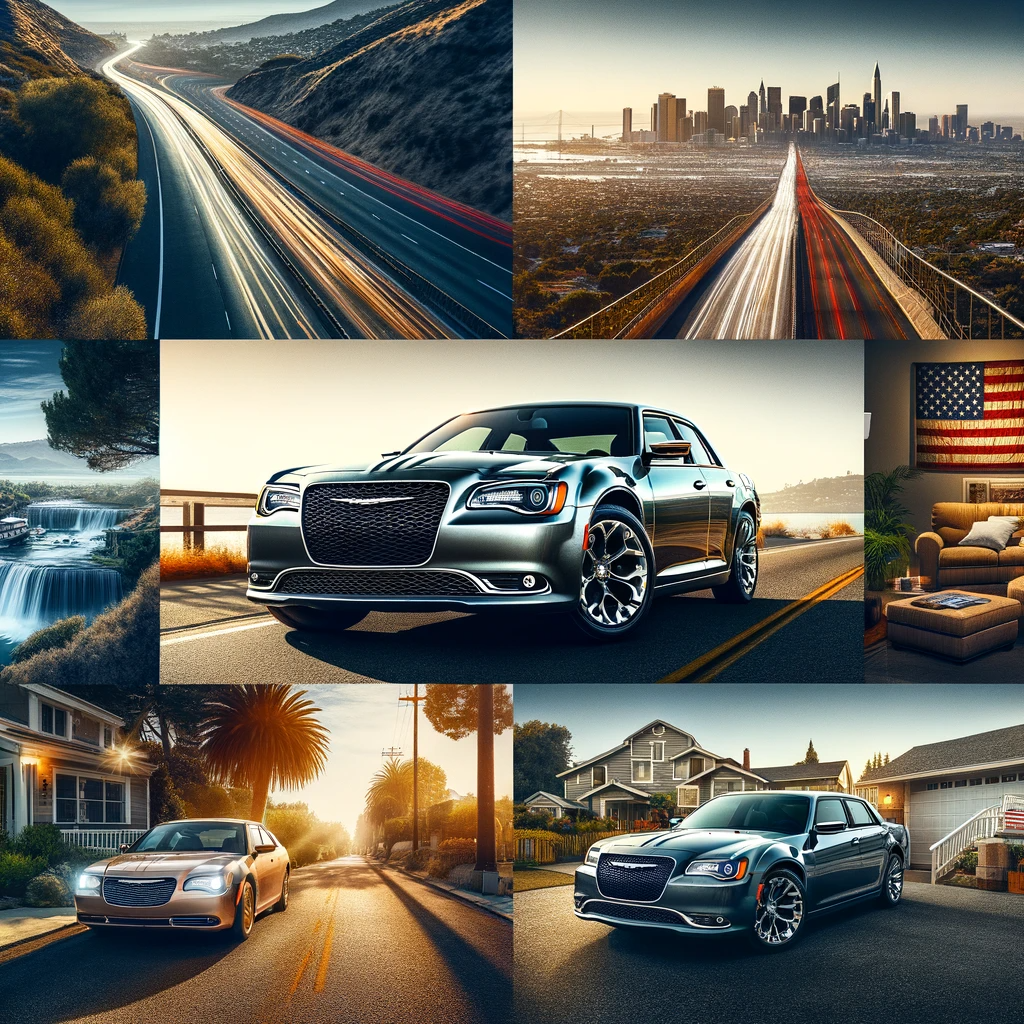Introduction: A Stalwart of American Automotive Design
The Chrysler 300, a true icon in the automotive world, is bidding farewell this month, marking the end of an era nearly two decades since its initial launch in February 2004. Tom Gale, the mastermind behind this revolutionary design, reflects on the journey of the Chrysler 300, a vehicle that has maintained its aesthetic appeal throughout the years.
Tom Gale’s Pioneering Vision in Automotive Design

A graduate from Michigan State University in 1966, Tom Gale joined Chrysler in 1967, embarking on a journey that would see him transform the face of Chrysler’s design language. As the head of Chrysler design from 1985, Gale shifted the company’s focus from the boxy K-Cars to the more dynamic “cab-forward” LH sedans. His leadership saw the birth of groundbreaking concept cars, most notably the Dodge Viper and Plymouth Prowler, cementing his status as a pivotal figure in Chrysler’s design history.
The Chrysler 300: A Blend of American Swagger and Innovative Engineering

Among Gale’s proudest achievements stands the Chrysler 300. This car was not just about its bold American styling, but also its underpinning platform, which played a crucial role in the resurgence of the American muscle car. The Chrysler 300 was a game-changer, altering perceptions of American cars with its expressive design and robust performance.
Challenging Conventions: The Shift to Rear-Drive Architecture
Contrary to popular belief, the rear-drive LX platform of the 300 was not a direct result of the 1998 DaimlerChrysler merger. Gale had envisioned a rear-drive replacement for the front-drive LH sedans as early as 1997, believing this would allow Chrysler to offer a car with the aesthetics and proportions of more luxurious vehicles. Despite initial resistance, Gale’s persistence and customer research showing a strong preference for the rear-drive design eventually won over the engineers.
The Customer’s Influence in Realizing the Rear-Drive Vision

Customer feedback played a pivotal role in Chrysler’s decision to adopt a rear-drive layout for the 300. Potential buyers perceived the rear-drive model as significantly more premium, allowing Chrysler to position the 300 at a higher price point. This customer perception was instrumental in making the rear-drive decision a straightforward one.
Redefining the Full-Size Sedan: The Chrysler 300’s Impact

The Chrysler Nassau concept car, which closely resembled the eventual Chrysler 300, drew inspiration from the 1955 Chrysler C-300. This approach was about capturing the essence of classic American automotive design and modernizing it for the 21st century. The 300 stood out for its bold, glamorous style and performance, notably reintroducing the Hemi V-8 engine into the family sedan segment. Its design and performance earned it the title of the 2005 MotorTrend Car of the Year.
The LX Platform: A Catalyst for American Automotive Innovation
Tom Gale’s proudest achievement, the LX platform, not only underpinned the Chrysler 300 but also paved the way for other legendary models like the Dodge Charger and Challenger. This platform was a cornerstone in the revitalization of the American auto industry, enabling the production of high-performance vehicles like the various Hellcat models.
Conclusion: Celebrating the Chrysler 300’s Legacy
As we bid farewell to the Chrysler 300, it’s important to acknowledge the immense impact it has had on the automotive landscape. The 300 wasn’t just a car; it was a statement of American ingenuity and design prowess. Its departure marks the end of an era, but its legacy will undoubtedly continue to influence the industry for years to come. Thank you, Tom Gale, for giving us the Chrysler 300 – a true symbol of American automotive excellence.



